Common Applications for Special Wire Shapes & Profiles
In this blog post, you’ll learn more about the many applications of shaped wire, including half-round, flat, trapezoidal, wedge, hexagonal, and CBM.
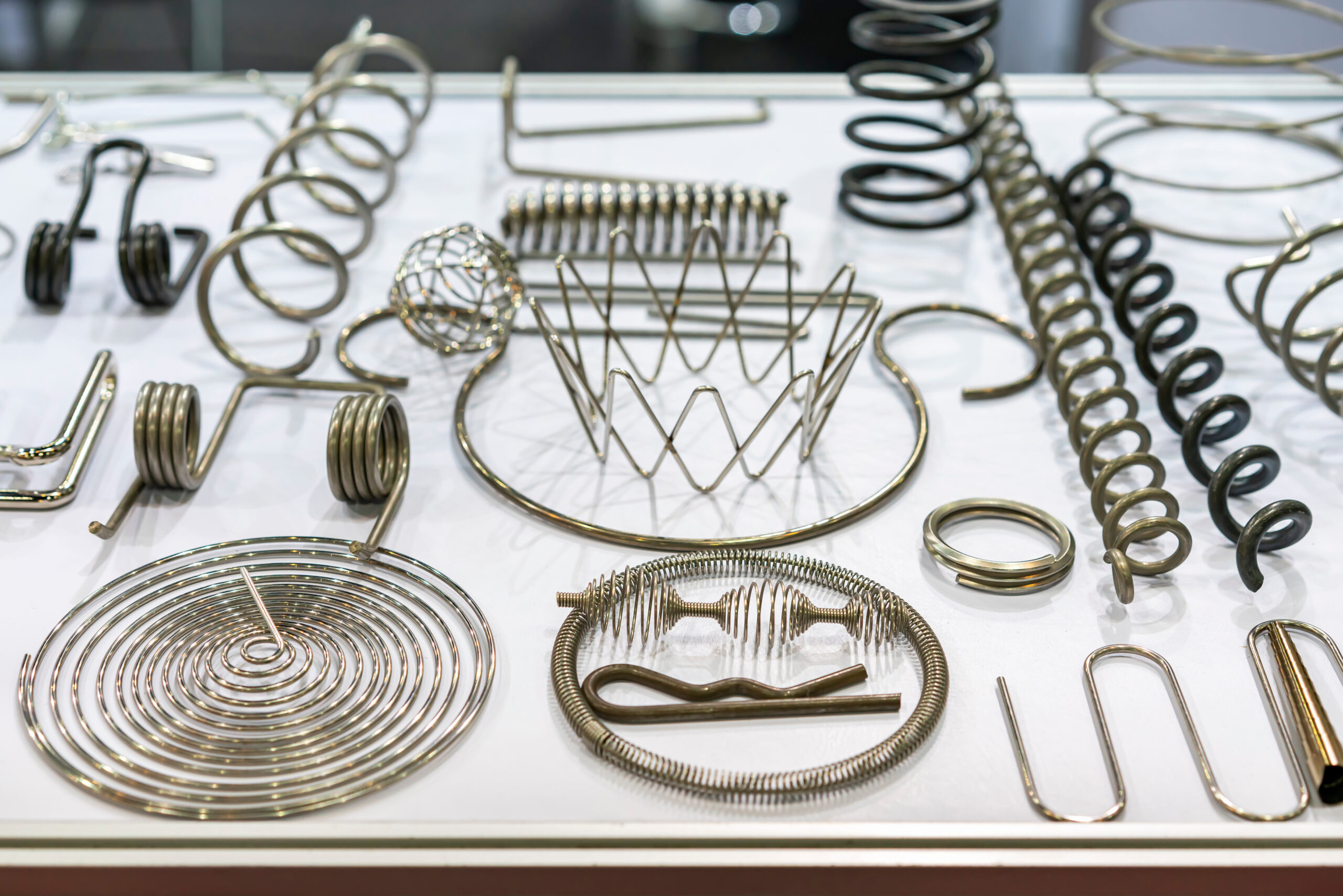
In this blog post, you’ll learn more about the many applications of shaped wire, including half-round, flat, trapezoidal, wedge, hexagonal, and CBM.

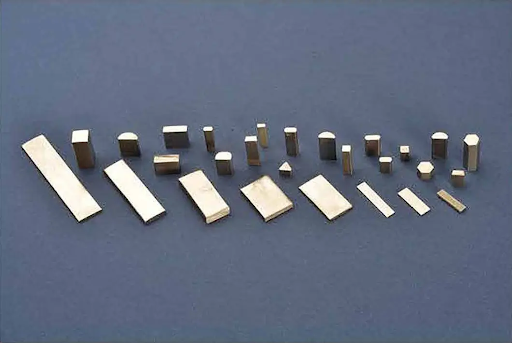
Wire is a vital component of many of the products that make our modern world possible, even if it’s often out of sight. In fact, industries such as automotive, construction, appliances, furniture, industrial, agricultural, and household goods regularly rely on highly engineered shaped wire.
Although most people think of round profiles when they think of wire, many other wire profiles and shapes are available. And, for many applications, non-round profiles work better due to multiple factors, including the influence of the ratio between surface area and cross-section, directional stiffness, and aesthetics.
In this blog, we’ll explore various wire shapes and profiles, and why and how they’re used in various industries.
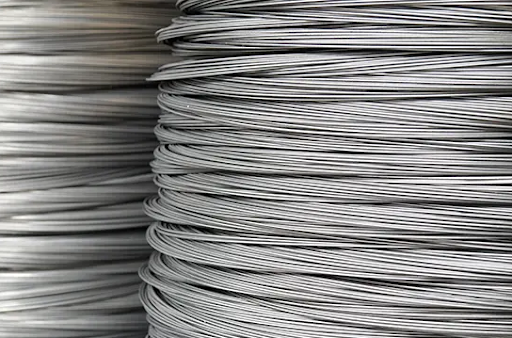
Round wire is produced in plain carbon steel, various grades of stainless steel, aluminum, and copper and is generally available in sizes up to 1 inch in diameter.
This particular profile is used by industries from automotive and construction to agriculture and manufacturing. Round wire applications range from products like springs and cables to reinforcing rods and grids and small parts like circlips and C-rings. Many household goods also incorporate round wire for support for stiffening to form features like handles, pins, and clasps.
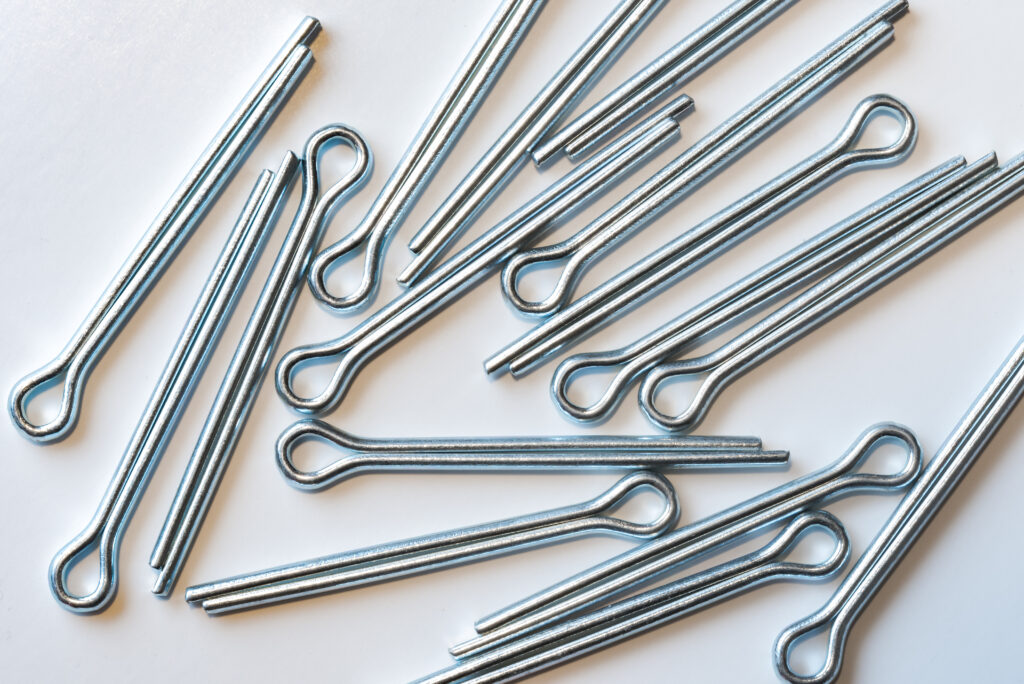
Flattening one side of a length of wire makes it easier to bend in the short direction than across the entire diameter, making it extremely useful for products like cotter/split pins, which are often used in the automotive industry and throughout mechanical engineering. Half-round profiles are also used as mandrels in spinning or twisting applications, where the flat surface makes them easier to clamp onto without slipping.
Additionally, half-round wire applications are found in jewelry-making and the production of various types of ornaments. Here, it’s often banded with square wire to support or produce attractive visual effects.
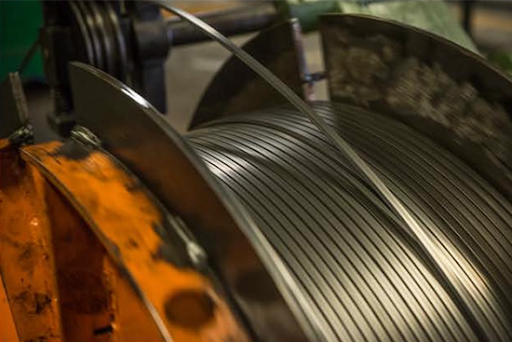
Compared to other types of wire, rectangular cross-section flat wire has two distinguishing characteristics:
The first characteristic makes it especially useful in applications requiring radiation or heat absorption, and the second means it bends readily in one direction but not the other. Together, these properties open up flat wire applications in industries from construction to automotive and agriculture.
In construction, flat-rolled wire is used to reinforce concrete and masonry, and in architectural features, where its high stiffness and surface area are ideal for supporting structural loads. For automotive applications, flat wire is crucial for manufacturing seating components, engine parts, and mechanisms in windows and doors. Its ability to form into precise, complex shapes enhances structural integrity and operational efficiency in vehicles. And, in the agricultural sector, flat-rolled custom shapes act as structural supports in equipment frames and fencing. They are also used in vineyards and orchards as structural supports to encourage plant growth, as well as in irrigation systems.
Similar to flat wire, trapezoidal or keystone wire has applications derived from the way in which it bends and resists bending, and its relatively high surface area. It’s often wound into precision springs used in high-accuracy motion systems because it resists buckling under compression and can be coiled to a small diameter. Trapezoidal wire springs are often used in mechanisms that need to apply a precise force over short distances.
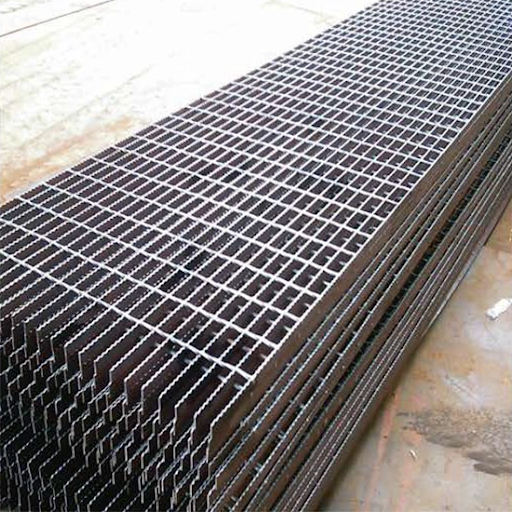
Triangular profile wire is produced in both equilateral and isosceles forms, and is highly resistant to bending and deformation. It’s widely used in architecture, particularly when drawn in stainless steel, with common applications including screens, shades, and grates.
Other uses are seen in filtration and general industry. Triangular wire helps make filters that are particularly effective for separating solids from liquids, as is often needed in food and beverage manufacturing.
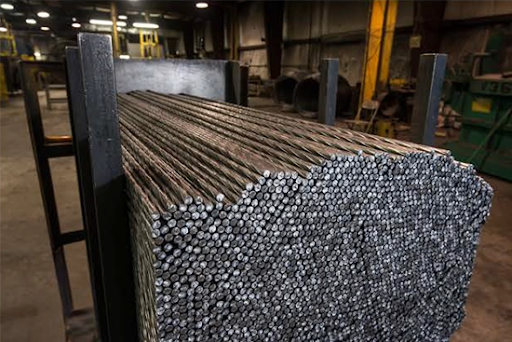
In-line helical torsion gives drawn steel wire additional characteristics, such as high flexibility, consistent stress resistance, exceptional load distribution, and fatigue resistance, for specific applications. Twisted drawn wire is commonly used in grating, fencing, and spiral or ardox nails, which have 4, 5, or 6 flat surfaces.
Fayette Custom Wire Products has been drawing ferrous and non-ferrous wire since 1967. We produce both round and highly engineered shapes for challenging applications and demanding industries. The wire we produce is sold in coils or can be straightened and cut to length.
Contact us today to learn more about our capabilities or to request a quote.
©2025 Fayette Custom Wire Products, LLC